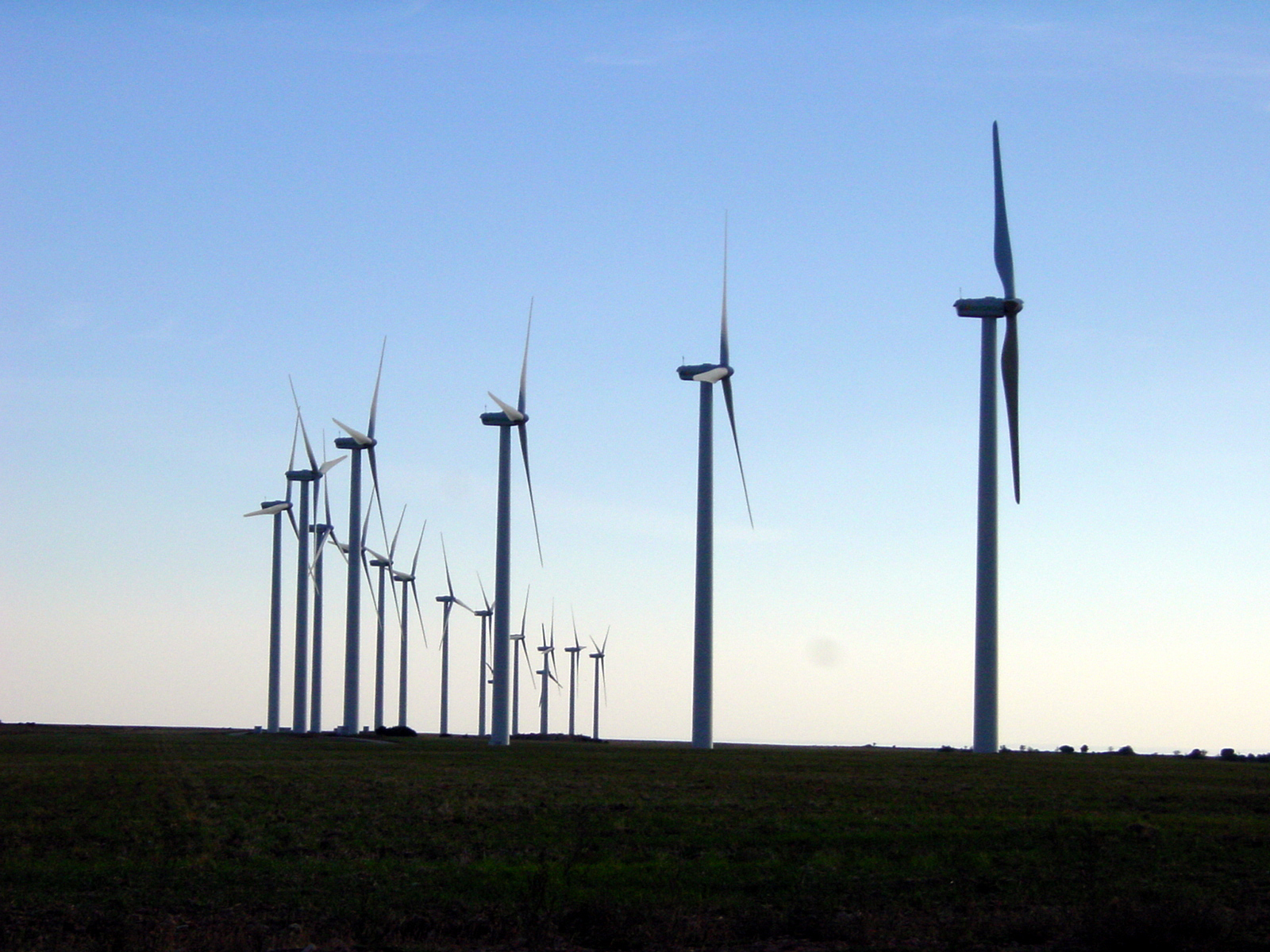
The European Union wind power market is in a slowdown, says the EurObserv’ER in its latest barometer on the wind energy market in Europe. The slowdown, it reports is due to the flagging onshore wind market, which has yet to be offset by the huge and promising offshore wind market. Consequently, a decrease of 5.9% was registered in the EU wind turbine market between 2010 and 2011.
Nevertheless, despite the disappointments concerning wind output in 2010, wind power production expectations were met in 2011. According to EurObserv’ER, they should exceed 172 TWh (EU-27), which equates to a 15.5% year-on-year increase (149.1 TWh in 2010).
This was partly due to the gradual uptake of offshore wind, although offshore wind did fare worse in 2011, when 788.1 MW of capacity was installed, than in 2010 (1,139.9 MW). Cumulative offshore wind power capacity at the end of 2011 was 3,820.1 MW, some 500 MW higher than the 3,032.0 MW in place at the 2010 year end.
“Notwithstanding the economic crisis affecting most of the globe’s major economies, wind energy continues to gain supporters around the world,” says EurObserv’ER.
Global wind power capacity increased by 40.5 GW between 2010 and 2011 compared to a 39 GW rise between 2009 and 2010, after deduction of decommissioned capacity. By the end of 2011 global installed wind turbine capacity should stand at around 238.5 GW, and much of the world’s growth is being driven by capacity build-up in the emerging markets. In contrast some of the key wind energy markets may be showing fault lines.
EurObserv’ER puts the year’s installed capacity at about 9,367.7 MW, a drop on its 2010 performance (9,951.6 MW). Total European Union wind energy capacity should settle at 94.1 GW, which equates to 187.2 kW of capacity per 1,000 inhabitants. Taking the number of inhabitants as the yardstick, the top three ranked wind energy producer countries are Denmark (706.2 kW per 1,000 inhab.), Spain (469.6 kW per 1,000 inhab.) and Portugal (403.4 kW per 1,000 inhab.).
The EurObserv’ER Barometer regularly publishes indicators reflecting the current dynamics in renewable energies (solar, wind, hydropower, geothermal and biomass, biogas, biofuels) worldwide and within the European Union. The next barometer to be released is the Solar Photovoltaic Barometer in April.
For additional information:

